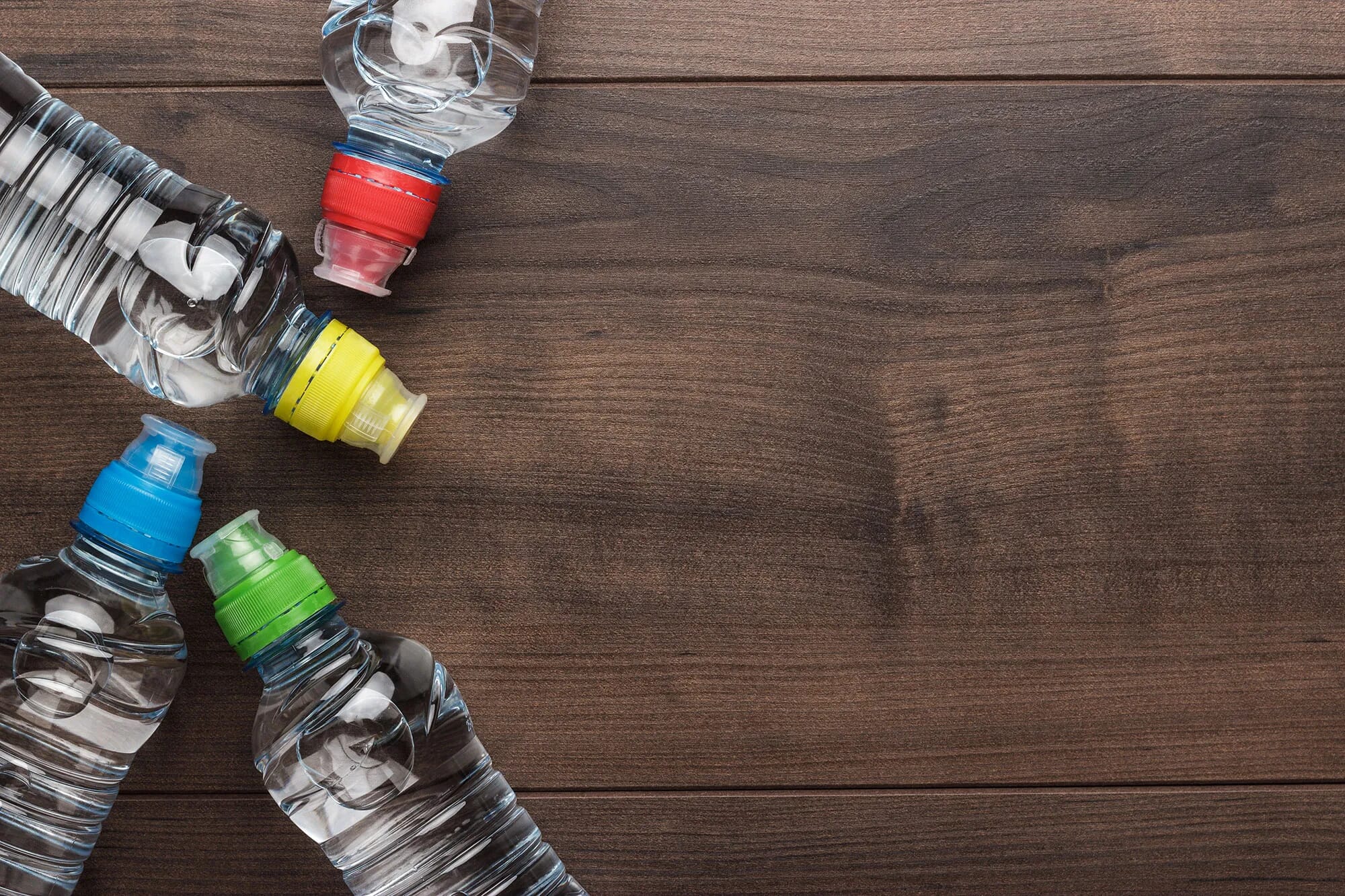Laser Marking & Engraving Machines
Our Meta range will fit most requirements, from the ultra-compact desktop nMeta, to our high-performance Meta-C systems (3D as standard).
Plastic laser engraver machines are extremely fast, long-lasting, accurate and reliable.
Arrange an online demoLaser engraving machines are particularly flexible for many types of plastic, being able to mark serialised data, identifiers on-the-fly, branding and of course cutting parts to, well… laser precision. Due to the flexibility and reliability of the technology, more and more companies have begun to offer laser marking plastic services.
Laser technology isn’t just for marking and engraving, higher intensity lasers can be used in a plastic laser cutter system. These are typically found in the form of CO2 systems and can be used to cut a wide variety of types, from ABS to polyamide, polycarbonate, PET, PVC and the rest.

The laser is employed to boost the temperature of an incredibly thin layer of the plastic, causing it to melt and form a modified surface upon solidification. Localised evaporation of the fabric causes carbonisation and a change in colour to the surface of the part.
Different types and intensities of laser can be used to achieve different effects. For basic laser marking plastic the laser induces the polymers within the plastic to make a walled foam structure, which stands out from the fabric with its elevated surface and lighter colour. If colour change or alternate results are required, a higher-frequency laser can create a molecular change within the polymer, leading to different results.
Our systems are used on everything from housings of electronics, tools and gear parts, various sorts of packaging, automotive parts, electronic components, computer circuit boards, identification and merchandise tags, buttons, keyboards and sensors.
With the variety of products the range of applications available for lasers on plastic items is virtually endless and encompasses its many forms. Make resilient marks on Polyethylene Terephthalate (PETE or PET), High-Density Polyethylene (HDPE), Polyvinyl Chloride (PVC), Low-Density Polyethylene (LDPE), Polypropylene (PP), Polystyrene or Styrofoam (PS), polycarbonate, polylactide, acrylic, acrylonitrile butadiene, styrene and nylon.








